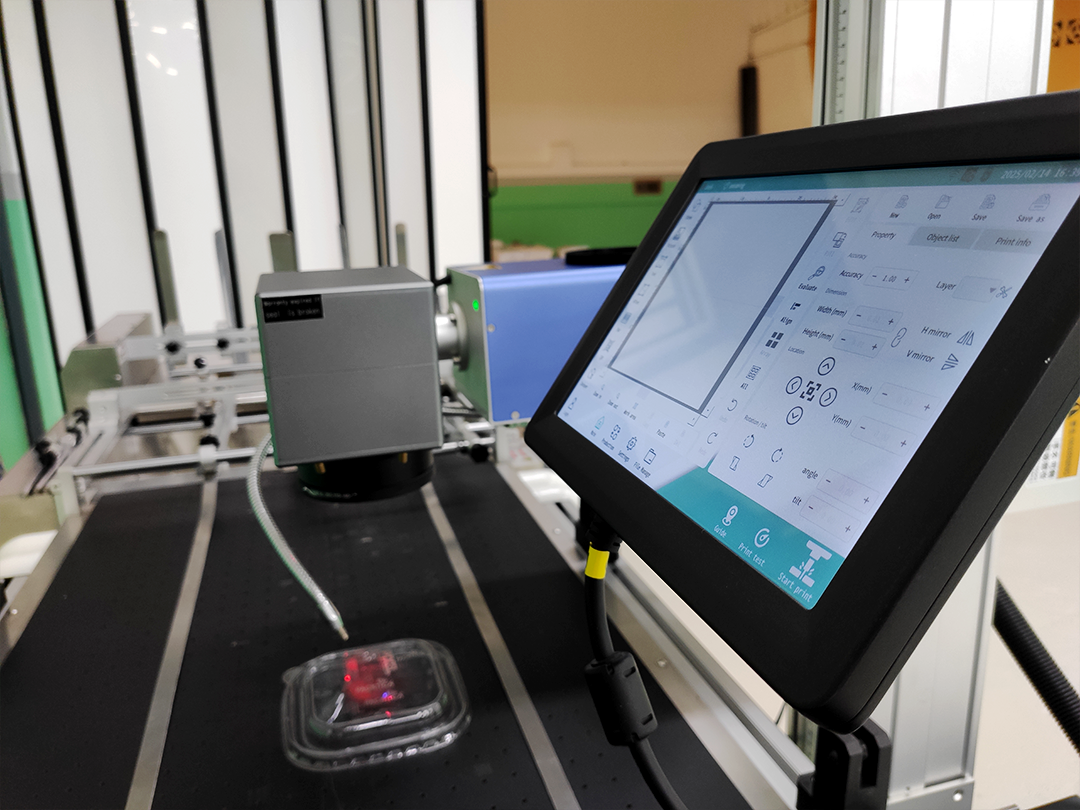Discover the 10 essential industrial marking tools —from AI-powered lasers to GS1-compliant software—to boost efficiency, compliance, and ROI in your production line.
Introduction
As manufacturing evolves, so do the tools required for precise, compliant, and efficient product marking. Whether you’re etching serial numbers on aerospace components or printing batch codes on pharmaceuticals, the right marking tools can streamline workflows, ensure traceability, and keep you ahead of regulations. Here’s a curated list of the top 10 industrial marking tools , backed by industry demand and technological innovation.
1. Fiber Laser Marking Machines
- Why You Need It: Perfect for permanent, high-speed marks on metals (steel, titanium, aluminum).
- Upgrade: AI integration for real-time quality control and predictive maintenance.
- Pro Tip: Look for machines with MOPA technology for adjustable pulse durations, ideal for sensitive materials.
2. UV Laser Systems
- Why You Need It: Non-thermal marking for plastics, glass, and electronics without damaging surfaces.
- Trend: Compact, portable models for flexible floor-to-floor use.
3. Automated Inkjet Printers
- Why You Need It: High-speed, non-contact printing for expiration dates, QR codes, or logos on packaging.
- Innovation: Water-based, eco-friendly inks compliant with EU sustainability regulations.
4. Dot Peen Markers with Vision Systems
- Why You Need It: Deep engraving on heavy-duty parts (e.g., automotive VINs) paired with cameras for error-proofing.
- Feature: IoT-enabled sensors to monitor stylus wear and reduce downtime.
5. GS1-Compliant Marking Software
- Why You Need It: Generate DataMatrix codes, GTINs, and serialized data for global supply chains.
- Must-Have: Cloud-based platforms with ERP/MES integration for seamless data flow.
6. Portable Handheld Markers
- Why You Need It: On-the-spot marking for field repairs, large machinery, or remote sites.
- Trend: Battery-powered fiber lasers with 8+ hours of runtime.
7. Electrochemical Etching Kits
- Why You Need It: Corrosion-resistant marks on stainless steel, titanium, or medical tools.
- Upgrade: Digital stencil printers for precise, repeatable designs.
8. Laser-Safe Coatings & Sprays
- Why You Need It: Enhances contrast on hard-to-mark surfaces like anodized aluminum or dark plastics.
- Innovation: Non-toxic, VOC-free formulas for safer workplaces.
9. RFID Tagging Systems
- Why You Need It: Track assets in real-time with embedded RFID tags for Industry 4.0 compliance.
- Feature: Dual-frequency tags (UHF + HF) for versatile supply chain integration.
10. Vision Inspection Systems
- Why You Need It: Automatically verify mark quality (e.g., ISO/IEC 15415 readability).
- Trend: AI-powered defect detection to reduce rework and scrap.
How to Choose the Right Tools
- Match Material & Application: Metals need fiber lasers; plastics require UV lasers or inkjets.
- Prioritize Compliance: Ensure tools meet FDA UDI, MIL-STD-130, or GS1 standards.
- Calculate ROI: Balance upfront costs with long-term savings (e.g., inkjet consumables vs. laser durability).
Conclusion
Industrial marking isn’t just about leaving a trace—it’s about smart, sustainable, and connected manufacturing. From AI-driven lasers to portable markers and RFID systems, these tools empower manufacturers to meet tightening regulations, reduce waste, and future-proof their operations.

